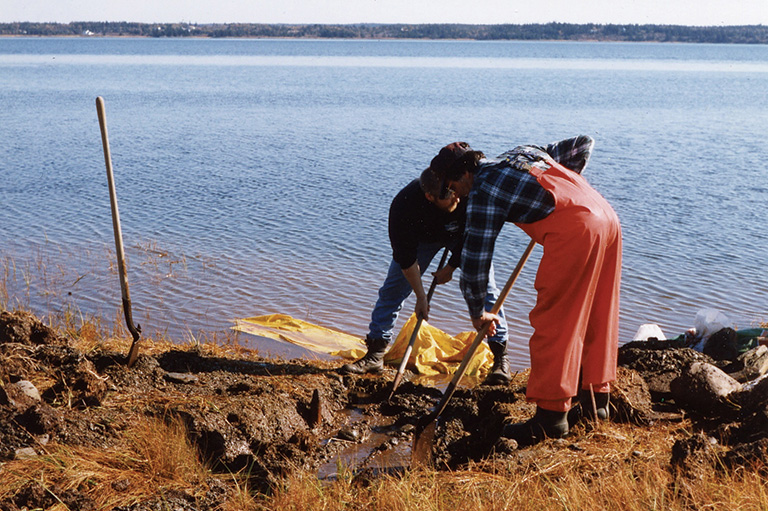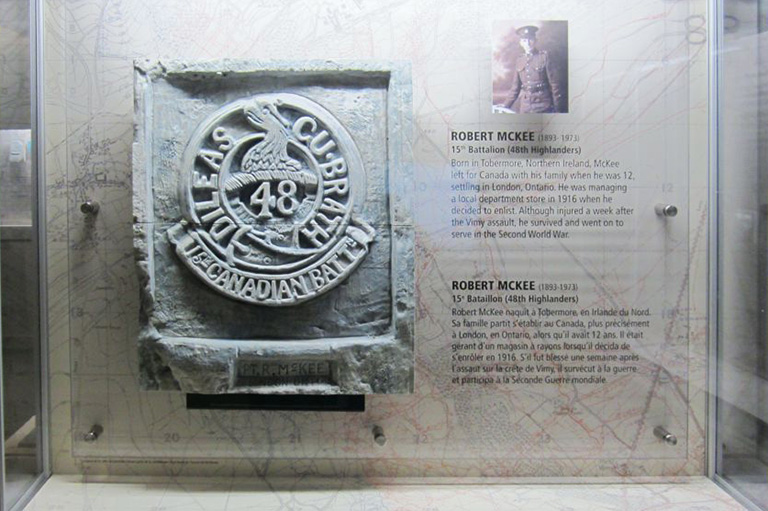Structured for Success

Recent repairs to its exterior have breathed new life into the Calgary Public Building, showcasing its ornamental colonial-style beaux-arts design mixed with bold Chicago commercial-style architecture on the higher floors. The restoration earned it a Resource Conservation Award from Heritage Calgary in 2024, but the building has a long history of redefining heritage conservation.
Situated at the east end of historic Stephen Avenue, the Calgary Public Building was constructed primarily as a replacement for the city’s main post office, which shut down in 1894. The building’s plan was ready by 1919, but construction delays and a lack of funding meant that the actual construction didn’t take place until 1929, with completion in 1931. The eight-storey U-shaped federal structure then housed not only the post office but also offices of the Royal Canadian Mounted Police, Veterans Affairs and Armed Forces, among others.
With 7 uniquely curated newsletters to choose from, we have something for everyone.
As the years went by, the offices changed hands and such federal agencies as the National Film Board, the Forest Canada Department, the Income Tax Department and Indian Affairs set up workplaces there.
The building was passed to the municipal government in 1982, when the south facade was converted into the lobby for the Jack Singer Concert Hall as part of a newly conceived multi-venue performing arts facility called the Arts Commons. The top three floors, however, continued to function as municipal office spaces — as they do to this day.
Repurposing the building’s first three floors to become part of a performing arts centre brings more traffic now than ever before. Cynthia Klassen, heritage resources program manager at Heritage Calgary, says that with office spaces increasingly being converted into residential areas in downtown Calgary, the arts-and-culture hub will see sustained use into the future.
Ensuring that sustainability required a significant interior renovation and mechanical upgrade in 2011 to make the building more comfortable and energy efficient.
The big Chicago-style windows, long shut, were made operable again for ventilation and natural light along with installation of some new windows. The exterior’s Tyndall limestone cladding has a high thermal mass — key in improving the building’s cooling — which helped in replacing the interior radiators, previously its sole mechanical source of heat. In another green initiative, the building was one of the first in Western Canada to use chilled beams, which employ water rather than air for cooling. This is not only quiet but it also eliminates the need for excessive air flow from mechanical fans. Additionally, it ups the energy efficiency. New infrastructure for possible rainwater harvesting was installed and can be connected to the local district heating utility to provide hot water.
A new high-performance liner was installed between the building’s exterior and interior, boosting insulation without affecting the historic outer walls. Solar power heats water during the summer, further cutting energy costs. These changes resulted in a 50 per cent reduction in energy consumption; it also earned the building the LEED Platinum certification for its sustainability efforts — a first for the City of Calgary.
Advertisement
Sustainable heritage
With the building’s inside updated, attention turned in 2020 to the building’s damaged exterior — specifically, its use of Tyndall stone, which comes from Manitoba and, in 2023, was designated a Global Heritage Stone by UNESCO. The limestone’s highly fossiliferous nature gives it its signature look but makes it prone to cracks. Christopher Zahaluk, project director for the 2020 renovation, explains that the exterior cracks had to be repaired wherever possible before replacement would be considered.
“Within heritage buildings, there’s an inherent amount of energy and embodied carbon that goes into these materials that are produced — extracting them from the resources, processing them and putting them in place,” says Zahaluk. “So maintaining them in place and prolonging their life is the natural step for sustainability.” Many stones at the parapet were replaced, some of the carved lion heads at the parapets had to be updated and the capitals of the signature ionic columns were pinned back.
Because keeping the historic appearance was still top priority, wherever possible, the original finishes and fixtures were maintained or similar ones installed. The sixth level was designated as the “heritage floor,” where the doors, marble baseboards and washrooms remained reminiscent of the original 1931 construction. Even the lavatories have marble stall dividers and wooden doors like they used to.
The first floor, which now serves as the lobby for the Jack Singer Concert Hall, has kept its two-storey height, coffered ceilings, classical-motif plasterwork, hanging bronze light fixtures and black-and-white Quebec marble flooring, among other features. The two manually operated elevators were automated only a few years ago for better functioning while preserving their original design.
“Sustainability and heritage conservation efforts can seem at odds,” says Zahaluk, “but if you take a moment to [see] how they can work together and contribute, they’re a lot more intertwined and supportive of each other.”
Though the grand architecture evokes a bygone era, the Calgary Public Building’s story continues to evolve.
We hope you will help us continue to share fascinating stories about Canada’s past.
We highlight our nation’s diverse past by telling stories that illuminate the people, places, and events that unite us as Canadians, and by making those stories accessible to everyone through our free online content.
Canada’s History is a registered charity that depends on contributions from readers like you to share inspiring and informative stories with students and citizens of all ages — award-winning stories written by Canada’s top historians, authors, journalists, and history enthusiasts.
Any amount helps, or better yet, start a monthly donation today. Your support makes all the difference. Thank you!
Themes associated with this article
Advertisement




